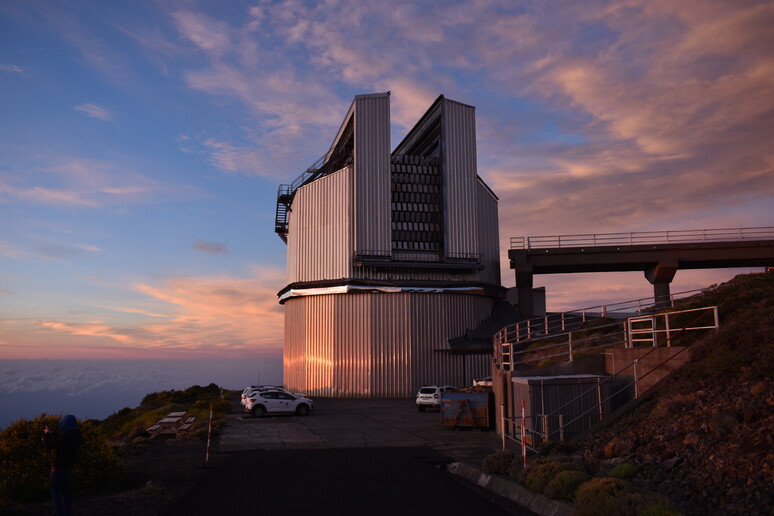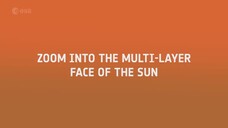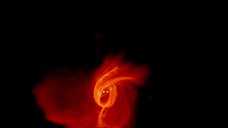Scientists have identified the youngest-known compact multi-planet system: it is 'just' 650 million years old, compared to 3-10 billion years for the other known ones, and it is made up of a sub-Neptune and a warm Saturn that orbit very close to their star.
The discovery was made thanks to an international research group led by the Italian National Institute of Astrophysics (INAF) and Padua University, with contributions from the Roma Tre and Turin universities. The relative paper was published in the Astronomy & Astrophysics journal.
The system, called TOI-5398, could become a cornerstone to understanding how this type of planetary system, only five of which are known, form.This result was based on data from the INAF's Telescopio Nazionale Galileo in the Canary Islands, NASA's TESS space telescope and many other astronomical observers from all over the world.
The observations made it possible to confirm that TOI-5398 is made up of an inner planet that it a little smaller than Neptune and a gigantic warm mass similar to Saturn that orbits around the same star in about 10 days.“The formation of this planetary system, instead of dating to between three and 10 billion years ago like the others, is measured to have been approximately 650 million years ago,” commented Giacomo Mantovan of INAF and the University of Padua and who led the study.
"This is the exceptional aspect of it, because this system is not in a frozen, definitive state like the others, but is young and, therefore, evolving".
Riproduzione riservata © Copyright ANSA













